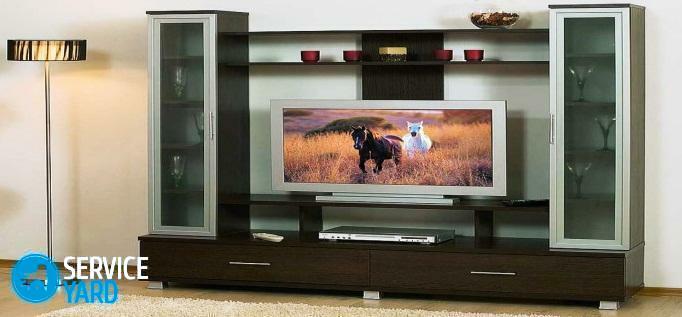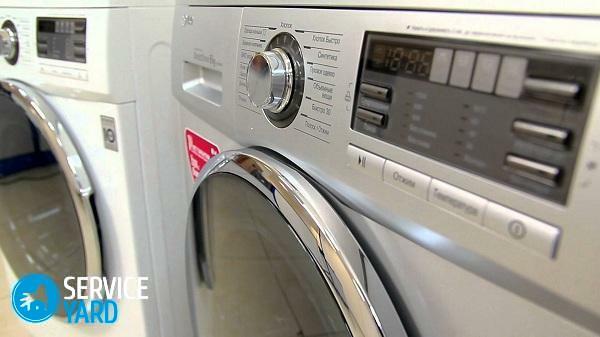Sewer network - an important part of everyday life, which creates comfortable conditions for living. Transported by pipeline sinks into the outer pipe to special equipment, processing and purifying wastewater. sanitary sewer system is divided into inner and outer, which are located respectively inside the house and in the open area.

Features of laying sewer pipes indoors
Laying of sewerage in the separate building (apartment, private home), begins with the design of internal drainage network with a placement. It is calculated and determination of pipe material, the amount and type of equipment.
In the apartment
Laying of the network of sewage pipes inside apartment room is virtually identical to a similar system in a private home, however, has its own characteristics. Before you perform wiring for installation of sanitary ware, is planned in advance sewage system, which includes the location of plumbing fixtures, tilt system pipe sizes etc.
Installation of sewer indoors starts with plumbing fixtures and routed through the wall or ceiling to the point of building output.

When you install must be the minimum number of twists and turns, not to provoke blockages. Proper installation has a small number of compounds and withstands desired angle that provides self-cleaning line. When connecting pipes must be inserted to complete abutment sockets a waste stream. Upon completion of installation check the tightness of the system in the areas of wiring and connections to the risers.
In a private house
Laying of sewerage system in a private home begins with a plan for a private home. It is designed strictly individually, taking into account the characteristics and location of all premises. It is necessary to accurately determine the location of the riser pipe or the collecting pipe, then it is possible to design other parts of the system. Riser
mounted directly inside the house is open or closed manner. To the sanitary equipment (bathtub, sinks, shower, etc.) of the vertical wiring structure is applied, at appropriate locations and traps installed revision.

internal drainage device involves placing the sewer pipe, which is installed on the riser and bring to the roof of the house. At the junction mounted revision, then is output at an angle to the attic. It must be placed away from windows and doors (not less than 4 m) at different levels with a chimney and general ventilation. For domestic sewage system, waste water, or derived through the basement space underneath the floor outwardly to a septic tank.
In the country
Within a suburban area, usually organized autonomous sewerage system, not having access to a central backbone. Building systems in the room is similar for both apartments, and for a country house. Outside sewerage system consists of a pipeline diverter drains to a storage or treatment plant. When seasonal residence does not require the installation of complex and expensive equipment, so the function of wastewater collection performs septic tank or cesspool.

A waste disposal for this are the biological treatment plant, which represent the most modern and efficient equipment.
Features of laying the pipeline in the ground
The regeneration of sewage into the ground, first determine the environmental characteristics and the type of terrain that influence the design of utilities. The main factors for the development of the system are:
- Soil feature. It is necessary to establish the characteristics and composition of the soil to determine the method of laying sewer, and to calculate the number of lifts and inclines backbone.
- Climatic conditions define the ways and methods of insulation.
- Ground water level. The location and amount of underground water are essential for the design of the sewage system and the location of underground utilities.
- The volume of waste water is calculated based on the number of people who will operate the sewer system, as well as the number of organizations and businesses connected to the system.

An important factor is the determination of the distance from the utilities to any buildings, sewage treatment plants and pumping stations.
Which pipes can be used
The material and the profile is chosen in accordance with existing project sewage system.
Cast iron production is not losing relevance due to its low cost and durability.
They are resistant to stress and temperature changes, however, are susceptible to corrosion. Modern technologies provide anti-corrosion coatings that extend the use of the product. Tubes of iron are heavy, so trenchless laying sewer systems require special equipment and support personnel to create an engineering design. When the external sewage cast iron products is necessary to provide thermal insulation.
In recent decades, there was plumbing products of PVP and PVC, which are not inferior in its properties to the metal. They are much easier, so the installation of such products is made easier. When you install an internal system in the bathroom or the bathroom is better to use PVC pipe. Polyethylene and polypropylene pipes are more suitable for the outer system. The advantage of plastic is that they practically do not accumulate fat.

Asbestos pipes are resistant to the aggressive environment. In the aquatic environment with asbestos only becomes stronger over time. In addition, under the influence of water flow on the inner surface of the pipes is no overgrowth. Installation of the system of asbestos does not present much difficulty, but it is sensitive to mechanical impact. Care must be taken during transportation and installation. Must be protected to prevent subsidence and fractures. Asbestos products are not recommended for use in sandy soil, as they have a low resistance to the sand.
laying sewer rules for SNIP. Floor technology
Installation of utilities made in compliance with the established norms and standards (SNIP 2.04.03-85), that It ensures proper disposal of waste and increase the life of all the elements included in this system.
One of the main parameters during pipe-laying - a determination of the depth of the trench. This takes into account the level of the ground freezing during the winter season, which is in accordance with the rules to be above the depth of soil freezing at 30-50 cm from the ground to the top of the pipe -
at least 70 cm. On soils with a high load, under the roadway sewage the depth is increased to 0.9-1 meters.
The width of the trench should be 40 cm larger than the diameter of the installed tube. At the exit of the pipeline sections from the internal system and the approach to the septic tank trench slightly expand for easy installation.
In the process of laying sewer systems under the foundation observed optimum bias line, is 1-2 cm per meter. In the absence of bias in the system appear blockages because wastewater will not move.

Laying drainage system under the foundation is used when it is impossible to deduce the sewer pipe in the ground.
To do the work yourself, you can. To do this, you need the following tools:
- Puncher. They just punched holes. To him also must be suitable set of nozzles with long tips.
- Drills with interchangeable drill bits.
- Hammer.
- Welding or soldering apparatus for soldering pipes.
After the preparatory work of the work scheme will be as follows:
- Calculated angle location for drilling.
- Deviated well is done.
- The resulting hole is placed under the conduit holder.
- The last stage of engineering construction is mounted as a whole.
Placing manholes provided every 25-35 meters of the pipeline on the bends and other problem areas where there is a high likelihood of clogging. Such a device makes it possible to carry out repairs in a timely manner and make the replacement of equipment.
Trenching stormwater requires serious soil compaction. Thus, to prevent leaching of communication during the rainy season. The bottom of the trench is filled and tamped dense layer of sand 15 cm in height. Pipes top also coated with a layer of sand.

Under the foundation drains installed, if the ground goes into the soil is not very deep. Pipes paving below the freezing ground, distance to the foundation should be at least 5 meters. The pipeline output directly to the sewer trench and is connected to the outer system process "in the socket" or using fittings. Pipes should be metal, as should be considered a significant impact due to mechanical subsidence of the foundation.
Installation of sewers under the pile-screw foundation produced intact soil. To avoid soil subsidence in the trench further pour sand and firmly tamped it. Junctions little break to preserve the straightness of the pipes.
Furthermore, it is necessary to observe optimum distance from the sewer pipe to spiral pile to the soil around the pile does not become loose. When stacking is made shallow (70 cm) to avoid any damage should insulate the pipeline.
The main stages of laying
Carrying out works for creating sewage system is as follows:
- In accordance with the design trench is excavated using a construction machine or manually shovel. It starts from the foundation trench at home or issue pipeline, which puts into the mouth.
- Line the bottom of the trench, and make the ram sand bed. What layer of sand 15 cm and moistened with water tamped tightly.
- Produced laying pipe, with the sockets directed downward, to facilitate connection.
- Collect conduit special brushing means (sealant et al.) Edges for better tube sliding parts. On the product, you can make a mark, which will monitor the correct connection. Before installation put into the socket rubber sealing sleeve.
- When laying a pipeline need to try to reduce the use of twists and turns, which are used in bends with angles of 15-45 degrees. The joints and areas of potential blockage establish auditing hatches.
- After assembly is complete check the correct slope. If the depth Bookmarks pipe extends above the level of soil freezing, the work carried out by warming the object. For this purpose is used mineral wool, basalt cylindrical heater or a heating cable, which is laid together with the pipe.

- Proceed to backfilling. Pipes gradually covered with sand, gently compacting, and then coated with a layer of soil, dredged earlier. Each ground layer 10-15cm tamped, compacted ground only at the sides of the pipeline. Over the pipes to do this should not be to avoid damage or deformation of the product.
For proper laying sewer with your hands, experts recommend:
- Unacceptable applied lubricant is not intended for the sewer system. Internal surfaces should not be lubricated.
- When installing sewer intrahouse in a room without heating using a heater pipe.
- Bandwidth pipe is a function of its diameter.
- It is not recommended to shorten the sockets and fittings.
- To ensure the correct slope of the pipe should be secured.
- The duration of life of the system is determined by its integrity.
Thus, the choice of mounting sewer system depends on the location and region of residence, landscape design features, the presence of groundwater and the material from which pipes are produced.



